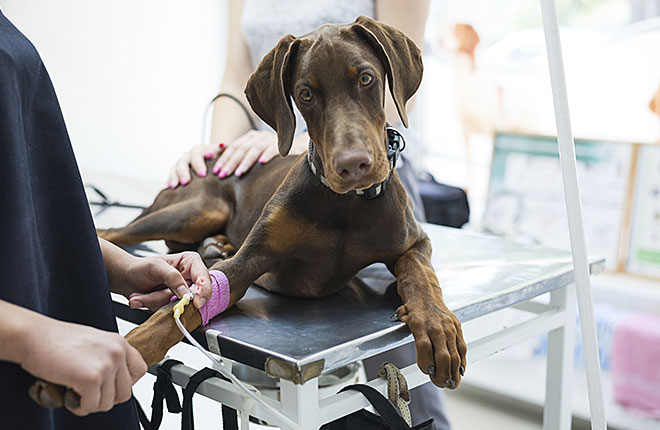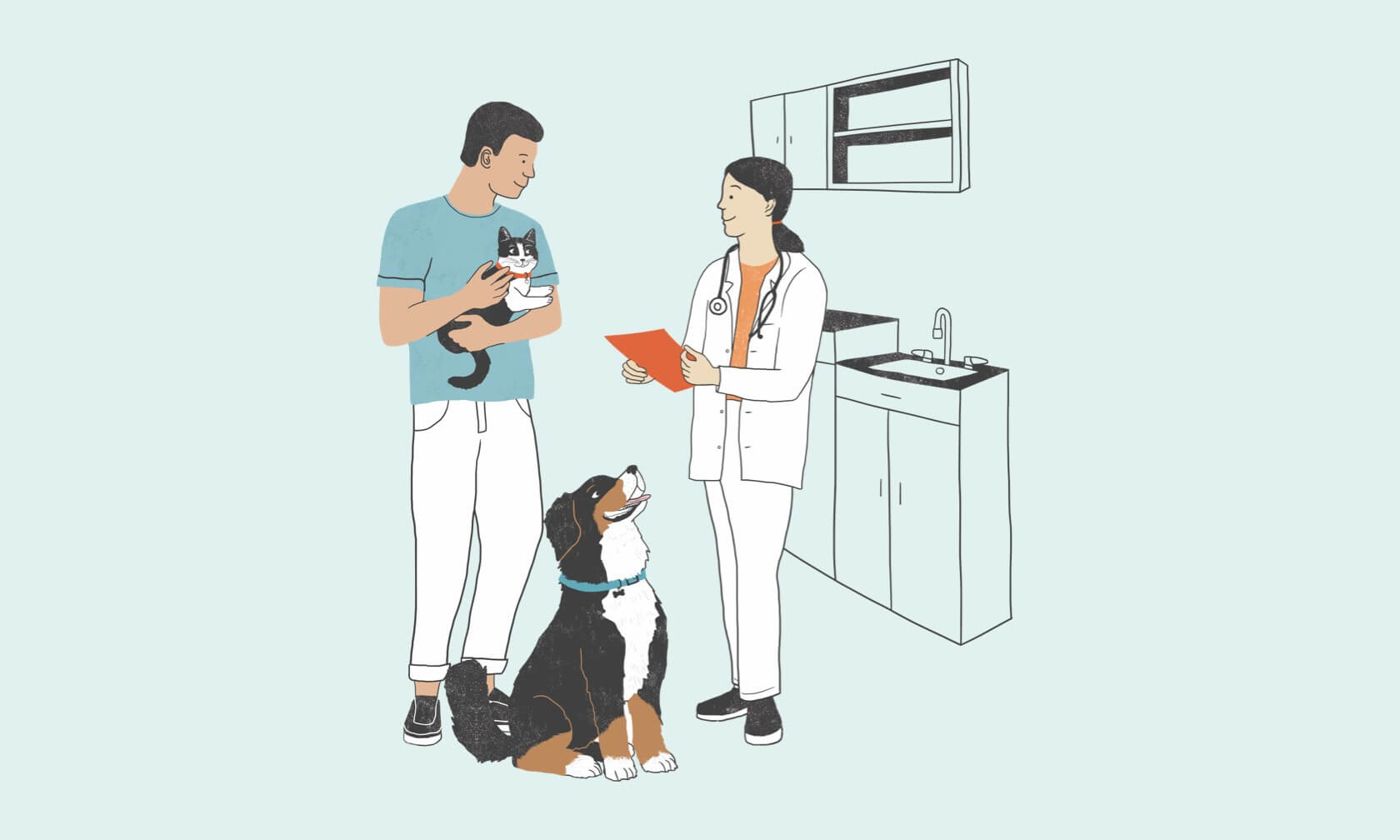The liver is one of the most vital and complex organs in the body, providing many functions that contribute to the overall health of your pet. However, because of its many functions, the liver is prone to injury and disease, which may be undetectable from a physical exam.
Regular testing and monitoring for liver disease should also be performed when your pet is prescribed medications for long-term use. The liver, along with the kidney, processes many medications and toxins. If there is pre-existing liver disease, certain medications could damage the liver and/or change how your pet processes the medication.
What is Liver Disease in Dogs?
Some liver diseases are hereditary or congenital and could occur at a young age, while others are more likely to occur later in life. Liver damage can be classified based on the disease process. The liver can be impacted by a systemic disease involving another organ. Sometimes, the liver is impacted by a primary liver disease, such as:
- Hepatitis (liver inflammation)
- Cirrhosis/fibrosis (when healthy liver tissue is replaced with scar tissue)
- Bile duct obstructions (blockage)
- Gall bladder inflammation
- Circulatory or blood vessel abnormalities
- Cancer
- Toxin

Signs of Liver Disease in Dogs1,2
It can be easy to miss some of the clinical signs of liver disease in dogs, since they can be similar to other problems your dog could have. Common signs of liver disease include:
- Vomiting, diarrhea, or evidence of blood in the stool
- Change in appetite
- Change in behavior (aggression, depression, reduced activity, or incoordination)
- Lethargy
- Increased or decreased drinking or urination
- Jaundice (yellowing of the gums, eyes, and ears)
Diagnosing Liver Disease in Dogs
Every instance of liver disease is different, but most cases require several tests to make an accurate diagnosis and develop an appropriate treatment plan. Your veterinarian may run some or all of the following tests:
- Complete Blood Count (CBC) - Evaluates white and red blood cell counts for anemia (low red blood cells), inflammation, infection, and platelet counts.
- Chemistry and Electrolyte Panel - Tests specific to the liver can be evaluated as well as liver products, proteins, kidney values, and electrolytes.
- Bile Acids Study - Elevated bile acid levels confirm the presence of liver disease and may help determine the cause. They also evaluate liver function.
- Blood Coagulation Tests - Evaluate the ability of the blood to clot in case there is decreased liver function. The liver makes many of the clotting factors.
- Abdominal Radiographs (X-Rays) - Determine the size, shape, and location of the liver to assist with diagnosis.
- Abdominal Ultrasound - A real-time sonogram provides detailed images of the liver and other abdominal organs to evaluate liver texture, circulation, and the other abdominal organs to assist with diagnosis.
- Liver Biopsy - A piece of liver tissue is obtained and evaluated microscopically. Although this is an invasive test, it is required for an accurate diagnosis in many liver conditions.
- Urinalysis - Examines the urine to aid in diagnosis and evaluate for concurrent urinary tract disease and infection.
Treating Liver Disease in Dogs
Once liver disease has been diagnosed, it’s important to use diagnostics to monitor the progression of the disease and see how the liver is responding to treatment. Treatment and monitoring of liver disease depend on the specific diagnosis and will differ for every patient and condition. Your veterinarian will discuss options specifically for your pet.
ZPC-00536R1
- Willard, MD, et al., Small Animal Clinical Diagnosis by Laboratory Methods, 2012, 208-209
- Cohn, L, Cote, E., Cote's Clinical Veterinary Advisor: Dogs and Cats, 2020, 450-451



